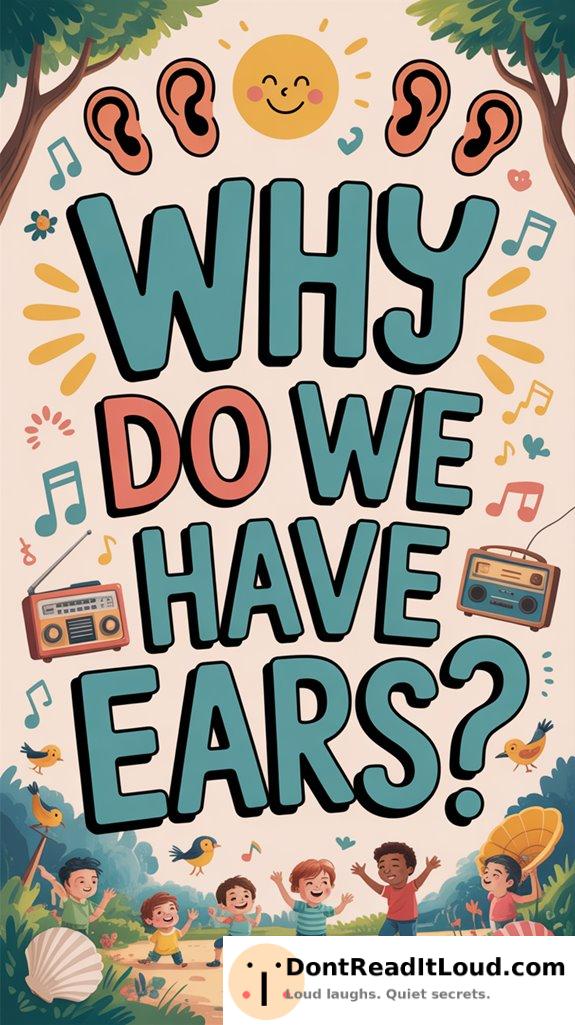
Ears aren’t just for looks—they let you hear everything from conversations to your favorite songs. Their complex design also helps you stay balanced, almost like your body’s internal compass. Ears allow you to locate where sounds come from and pick up on feelings in voices, making communication easier. These sensory organs are surprisingly versatile, and there’s still much to learn about how they work.
The Anatomy of the Ear
How well do you know the intricate design of your ears? You might think they’re just for holding up glasses or sporting earrings, but there’s much more happening inside. Let’s venture into the fascinating world of your ear canal. Imagine it as a tiny tunnel leading straight to the eardrum, where sound is transformed.
Picture your ear canal as the red carpet welcoming sounds to the eardrum’s main event.
And that eardrum? It’s the star performer, vibrating in response to every passing sound wave. So next time someone says, “Listen up!” remember, your ears are working behind the scenes. They’re not just for show—they’re constantly in action and deserve some recognition!
The Auditory Process: How We Hear
Though often taken for granted, the journey of sound through your ears is nothing short of remarkable. Envision being a sound wave trying to crash a party. First, you slip through the ear canal and meet the eardrum, which vibrates in response.
Next, the three tiny bones in your middle ear—the hammer, anvil, and stirrup—pass the vibrations along with rhythmic precision. These vibrations then reach the inner ear, where the cochlea converts them into signals your brain can understand.
Now, you become the DJ, pinpointing where sounds are coming from. At the same time, your brain interprets these signals, helping you recognize everything from baby babble to Beethoven.
Ears and Balance: The Vestibular System
While your ears are famous for hearing, they also play a key role in keeping you balanced. Imagine trying to walk a tightrope while juggling—that’s your ears at work!
Deep inside, the vestibular system acts like your body’s internal GPS, helping you stay steady. Without it, you’d wobble and lose your footing easily.
The secret lies in tiny structures that expertly maintain your balance. Your inner ear contains semicircular canals and otolith organs, which are the true heroes behind your sense of stability. They quickly send information to your brain about how your head is moving, helping you stay upright.
Ears in Communication and Human Connection
Ever wondered how your ears help you connect with others? It’s not just about catching your friend’s questionable joke. Your ears are key for sound localization, allowing you to identify where that “Hey!” came from in a crowded room. Without this skill, you’d be spinning in circles like a confused dog.
But there’s more—emotional listening is where the real magic happens. Your ears pick up on subtle shifts in tone, whether someone’s voice trembles with excitement or drips with sarcasm. This helps you respond appropriately, whether by laughing, offering comfort, or rolling your eyes in solidarity.
Next time you’re deep in conversation, give your ears some credit. They’re the unsung heroes of human connection!
Conclusion
You’ve learned that ears do much more than let you hear; they help you interpret sounds and understand your environment. Their structure captures sound waves, allowing your brain to make sense of what you hear. Ears are also crucial for keeping your balance and making communication possible. So, whether you’re enjoying a song or talking with someone, remember how vital your ears are for connecting with the world.



